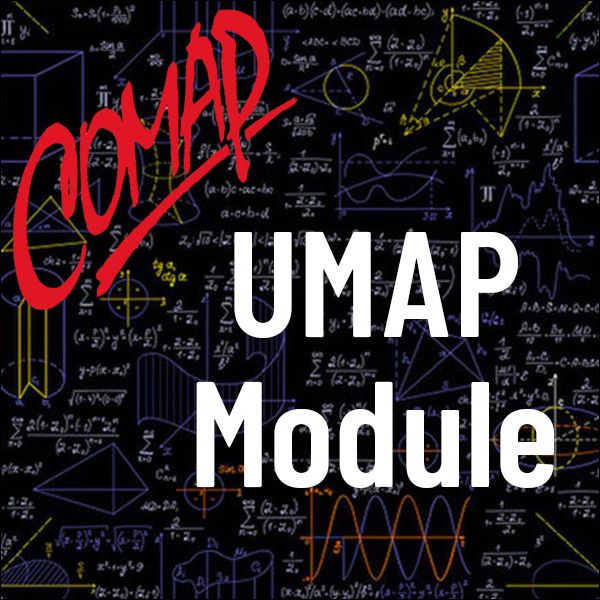Full Member Resources
Resource Type: Curricular Resource
Primary Level: Undergraduate
Additional Level: High School
Methods of Congressional Apportionment (UMAP)
Author: Milton P. Eisner
In this module six methods of congressional apportionment are explained and illustrated by simple examples and exercises. The methods are: Hamilton, Jefferson, Smallest Divisors, Equal Proportions, Webster, and Quota. Upon completion of the unit, the student will be able to take a given set of states and populations and apportion a legislature of given size among them by any of the six methods discussed.
Table of Contents:
1. INTRODUCTION
2. THE HAMILTON METHOD
3. THE ALABAMA PARADOX
4. THE JEFFERSON METHOD
5. INTERMEDIATE METHODS
6. THE QUOTA METHOD
7. REFERENCES
8. ANSWERS TO EXERCISES

©1982 by COMAP, Inc.
UMAP Module
17 pages
Mathematics Topics:
Algebra , Discrete & Finite Mathematics
Application Areas:
Social Studies , Voting Theory
Prerequisites:
Intermediate algebra
You must have a Full Membership to download this resource.
If you're already a member, login here.
Not yet a member?
Browse More Resources
Search